Naturehike is a brand known for making really affordable lightweight tents. They aren’t quite “ultralight” – but pretty damn close. I already have their Cloud Up 2 tent, which I liked so much that I got the Cloud Up 3p, too. I use those for backpacking. I also have their P-Series 4P tent for camping.
I decided it was time to get a 1P tent for those rare times I go solo backpacking without the kids. Also, now that my older kid is a tween (and gets bored camping with just me), we bring one of her friends camping with us. Having a 1P tent means I can sleep alone and the kids get the 2P tent.
Full disclosure: Naturehike sent me the Vik 1P tent for free to test out (I paid for their other three tents myself :)).
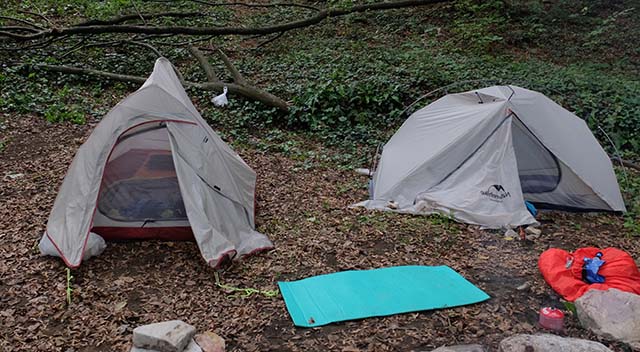
The Vik 1P (right) next to the Cloud Up 2P tent (left), both by Naturehike
Quick Verdict:
A decent cheap, ultralight tent for overnight backpacking trips or bikepacking. But, because of the condensation issues with single-wall tents, you are better off with a double-wall tent for multi-night trips.
What Is the Vik Tent?
The Naturehike Vik 1P tent is an affordable lightweight backpacking tent which has a surprising amount of storage. Another thing to love is how quick and easy it is to pitch, which would make it great for thru-hikers, cyclists or anyone who changes campsite each day.
You’ll also love how roomy the Vik tent is because the vertical side walls give you lots of interior space and headroom. People over 6’ tall might end up with their feet on the walls though, which could create condensation issues.
If you don’t mind carrying around an extra 270g/9.5oz, I would go ahead and get the Vik 2P tent. It’s just as easy to pitch but gives you more storage and access.
Get the Vik tent here on Amazon
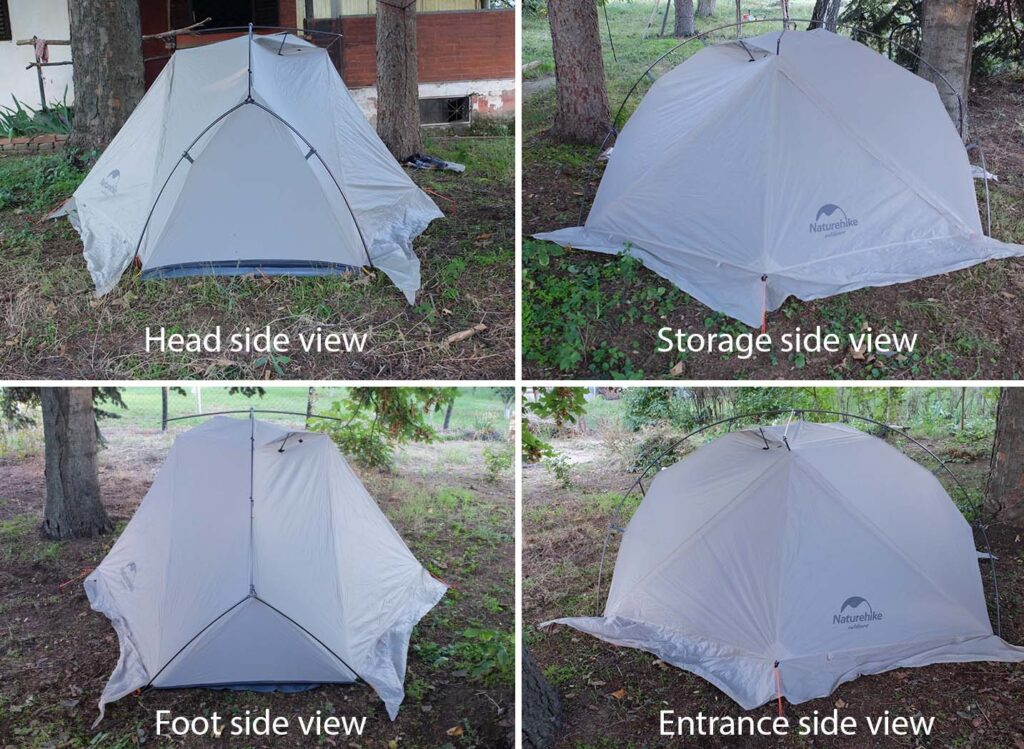
Vik Tent Specs:
- Weight: 2.3lbs (1P), 2.4lbs (1P with skirt), 3lbs (double)
- Footprint: 210x85cm (1P), 210x113cm (2P)
- Max Headroom: 37.4″/95cm (1P), 35.4″/90cm (2P)
- Packed Size: 18.1×6.3”(1P), 18.5×6.3” (2P)”
- Floor material: 20D nylon plaid fabric (silicone coating)
- Tent material: 15D nylon plaid (silicone coating)
- Buy At: Amazon
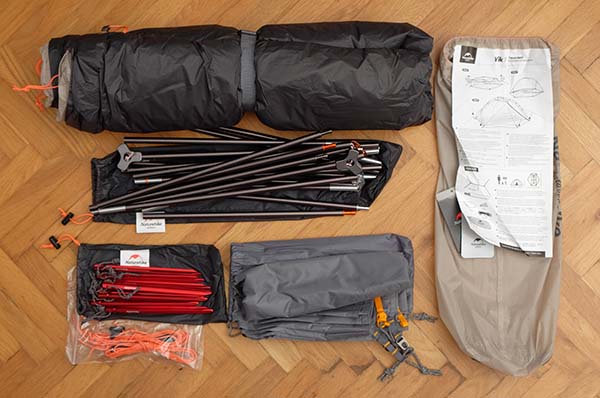
Everything that is included with the Vik 1P tent
Naturehike Vik 1P Tent Weight
Naturehike lists the weight of the Vik 1P skirted tent without the groundsheet at 2.4lbs. I weighed the tent when I got it and it came in at 2.6lbs (1.193kg). With the groundsheet, the tent weighed 2.9lbs (1.355kg). While not ultralight, this is still a very lightweight backpacking tent.
This is a fairly significant difference in actual weight vs. listed weight. However, it’s kind of expected with a cheap backpacking tent. You can reduce the weight a bit by removing the labels and extra stakes.
Note about the Single-Wall Tents and Condensation
The Vik tent is single-wall. You might consider it a “hybrid” tent because the two storage vestibules create a second layer on the sides.
Condensation is almost always an issue with single-wall tents, especially in very cold, rainy weather. Naturehike added vents to the Vik tent to prevent condensation. The lack of bathtub floor also gives you some airflow. But you can still end up with condensation. It’s not a problem with the tent itself, but rather with the type.
Because of this, the Vik tent is best for backpacking in low-humidity climates like California. In humid climates, make sure you know how to select a campsite to minimize condensation and think twice before using a down sleeping bag in it!
Also read: How to Solve Tent Condensation
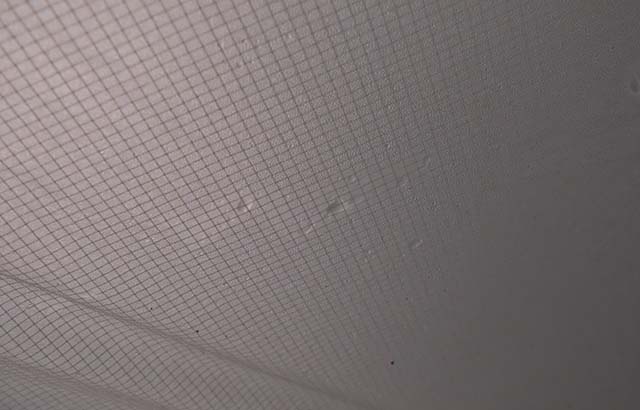
I tested the Vik 1P camping at the bottom of a gorge in 40F temps and there was definitely condensation! It formed droplets when I touched the walls.
What I Like about the Vik 1P Tent
Lightweight
At under 3lbs with the groundsheet, the Vik 1P tent is very lightweight for a freestanding tent – especially considering how much space it has. If you want to get any lighter, you will either need to spend a fortune or start using a trekking pole tent (which are a pain to pitch!).
Incredibly Affordable
Compared to big brand names, Naturehike tents are very affordable. Comparable tents in this weight class cost 3x to 5x more. Unless you switch to a tarp or non-freestanding tent, you really can’t find ultralight tents cheaper than from Naturehike.
Check the price here on Amazon
Roomy Interior
This is my first 1P tent, so I was expecting it to be cramped. But the Vik 1P actually feels bigger than my CloudUp 2P tent.
The roominess is because of the ceiling pole. It creates vertical walls, so the headroom is consistent from Left to Right throughout the tent. I could actually sit up in the tent, which made getting dressed inside easier. Bear in mind that I’m only 5’1” tall though, so most people will still need to slouch inside.
At 33.5″/85cm, the Vik 1P tent is pretty wide. A plus-size backpacker could easily fit on an extra wide-mattress. I feel like I could even squeeze in with my 4 year old (not that I’d necessarily want to though :))
Hybrid Design
While technically a single-wall tent, the Vik tent incorporates a hybrid design: the two vestibules act like an extra layer. Because the vestibules are so big, it’s almost impossible to accidentally touch the side walls – which would cause condensation.
Decent Materials
The Vik 1P tent is made out of the same floor and similar materials as my Naturehike CloudUp 2. When I first got that tent, I was scared that it wouldn’t hold up. But I’ve been surprisingly pleased at how durable it is. Its withstood a lot of abuse from my kids!
Do keep in mind that this is a lightweight tent: the materials are flimsy! You definitely need to use a groundsheet to protect the floor. And be careful when hammering in stakes as they are impossible to straighten if bent.
Lots of Storage
There are two vestibules on the Vik 1P tent: a larger vestibule at the entrance and a smaller vestibule on the opposite side. The larger vestibule easily fits my 55L pack and boots with room to spare. The smaller vestibule can only be accessed from the inside, and the zipper is pretty small. But it was good for keeping my photo gear, or anything else you don’t want trampled.
*The 2P version of the Vik tent has two full-size vestibules and entrances.
Completely Freestanding
The Vik tent is truly freestanding. If the weather is nice and you don’t need the vestibules, you don’t even need to stake out the tent (though I definitely still recommend staking out the tent completely in case the weather changes!).
What’s cool about it being freestanding is that you can move it around easily. If you accidentally pitch in a bad spot, you can just pick up the entire tent and plop it down in a new spot.
Stupidly Easy to Set Up Alone
I’ve set up a lot of tents and the Vik 1P is definitely one of the easiest – even alone. You just put the poles in the corners of the tent and groundsheet, then do the same on the other side. Clip the tent in place and you are done. It took all of 5 minutes to complete on my first try.
Because it’s freestanding, you only need to stake out the vestibules in good weather. In windy weather, you’ll want to stake out the 4 corners, meaning 6 stakes total. There are also a few places to stake out guylines but I found this unnecessary.
Warning: You do have to bend the pole quite a bit when pitching. It gets taut! I let go accidentally and the pole hit me in the face 😛 Just something to be careful about. Now that I’m aware, I doubt it will ever happen again.

Just attach these little clips to the pole to pitch. The design keeps them from sliding around on the pole.
Set Up In Rain without Getting Wet Inside
The Vik 1P tent is single-wall with an exterior pole structure. What’s cool about that is that you can actually set it up when it’s raining without the inside of the tent getting wet. The same goes for taking down the tent.
Okay Ventilation
Ventilation is important in a single-wall tent for preventing condensation. Luckily the Vik 1P tent has two air vents at the top. The large mesh side walls also provide ventilation.
There is also a decent air gap between the vestibule and ground. My version has a skirt but there are drawstrings for rolling it up. Because there is no bathtub floor, air can easily blow into the tent. You’ll still get condensation on really cold nights, but it’s not as bad as with other single-wall tents.
Extra Features
As far as extra features go, you’ve got a lantern loop at the top of the tent and pocket near the head area. Would an extra pocket be nice? Yes – but I’m happy getting any pocket at all with a tent this affordable.
Note: A cool feature with the Vik tent is that door can turn into an awning. You just need to set it up with trekking poles. But I honestly find this feature kind of useless. It’s at a weird angle which probably won’t help much with rain or provide much shade – and I’d rather just sit outside in my rain gear 🙂

Vik 2P with the awning set up
What I Don’t Like about the Vik 1P Tent
Not for Tall People
I’m 5’1” and the Vik 1P tent was the perfect size for me. Even though the footprint length is 82.7″/210cm, I doubt this tent would work for very tall people, especially in cold weather.
The problem is that your feet might end up touching the bottom of the tent. This could condensation to form, meaning your sleeping bag footbox gets wet.
Likewise, this isn’t a good tent for people who wriggle downwards in the tent while sleeping. Even if you are short, your feet will still end up against that single wall! You’d be better off with a double-wall tent.
Possibly Windy
The Naturehike Vik tent was designed to optimize ventilation. But these same features can let wind into the tent – not fun on a very cold night!
My version of the Vik 1P has a skirt. In theory, I could pile some dirt or rocks on the skirt to keep out the wind. I can’t imagine myself doing this every night on backpacking trips though.
Bad Groundsheet Design
The Vik 1P tent comes with a groundsheet which is the exact same size as the tent footprint. As you can see in the picture, one part of the groundsheet was even sticking out.
Here’s why this is bad: A groundsheet needs to be slightly smaller than the tent footprint. Otherwise, water rolling off the tent will land on the groundsheet. The water then puddles in the space between the groundsheet and tent floor. If you lay on top of this, the water can seep into the tent.
The fix? You just need to roll the edges of the Vik groundsheet under the tent. So, it’s not really a big deal but something to be aware of in the rain.
Offset Door My Be Annoying
The door on the Vik tent opens off to the side. You actually have to lean over kind of far to reach the zipper. Getting in/out takes more effort than if the door was right in front of you.
I personally didn’t mind this at all. But my dad has a bad back and I imagine he’d hate this. Likewise, my husband (who has a physical disability) would have a hard time getting in/out.
Small Details…
And here are some of the other things I didn’t like about the Vik 1P tent. They aren’t deal breakers IMO though…
- Bulky items won’t fit in second vestibule: The zipper on that vestibule is tiny. Bulky items won’t fit through it. I’m not sure why they didn’t make it a few inches bigger!
- No two way zipper on mesh door: So you have to unzip the door almost completely to get in/out or access gear in the front vestibule.
- No reflective strips: I’d recommend getting some reflective cordage to tie on the stakes.
- Door hook is tiny: There is a little hook for closing the vestibule door. It is really tiny and hard to put on.
- Drawstring tie backs: The Vik 1P uses tie backs with little drawstring sliders. I prefer the classic toggle+loop.
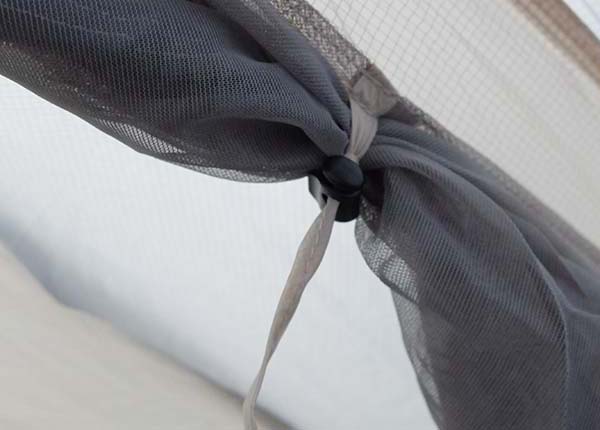
Drawstring on the door tie-back.
My Verdict on the Vik 1P Tent:
As expected from a single-wall tent, the condensation in the Vik 1P tent is terrible. I would not recommend it to novice backpackers who haven’t learnt to deal with condensation. Because of the condensation, I only use the Vik tent on one-night backpacking trips, since I don’t have to worry about crawling into a wet tent on night two. However, my boyfriend uses it for his bikepacking trips. The fact that it pitches so quickly, and you can pitch it in the rain without the interior getting wet, makes it perfect for his needs.
Comparable Tents
It’s difficult to find tents comparable to the Naturehike Vik 1P or 2P. Most lightweight tents today are double wall. If you find a single-wall or hybrid tent, it probably isn’t freestanding.
For example, the MSR Hubba Hubba has a similar pole design to the Vik tent, but it is double wall. It weighs more at 2 lbs. 7 oz. (without groundsheet), is significantly more expensive and only has one storage vestibule instead of two. The Big Agnes Copper Spur HV UL 1P is also similar in design and weighs 2lb 6oz, but it is also expensive.
As far as single-wall or hybrid tents go, there are some good ones by Gossamer Gear and Six Moon Designs. These are incredibly lightweight, but aren’t freestanding and require trekking poles – which means they can be a pain to pitch every night.
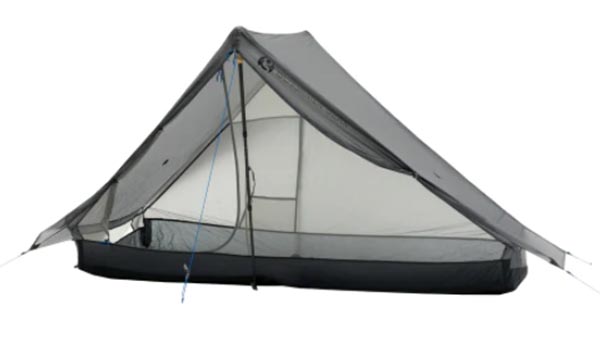
The One by Gossamer Gear — it uses trekking poles to pitch


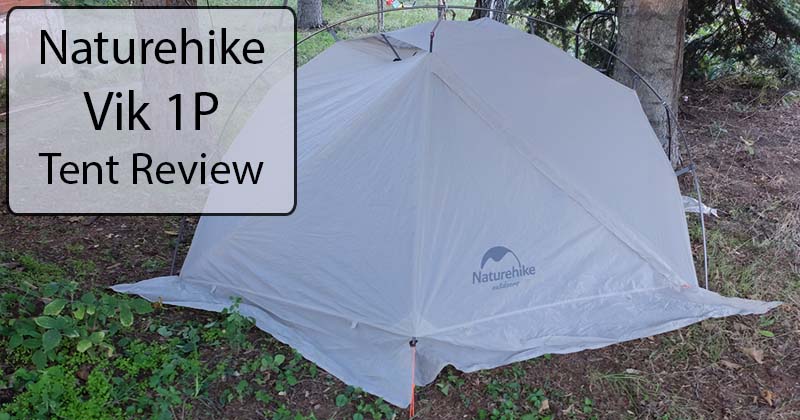
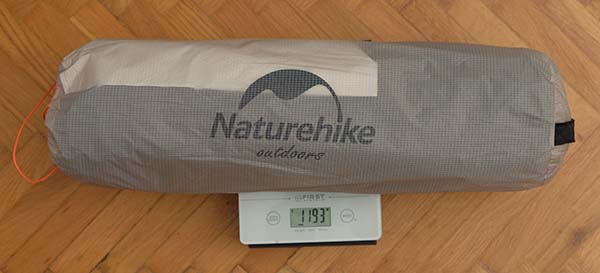
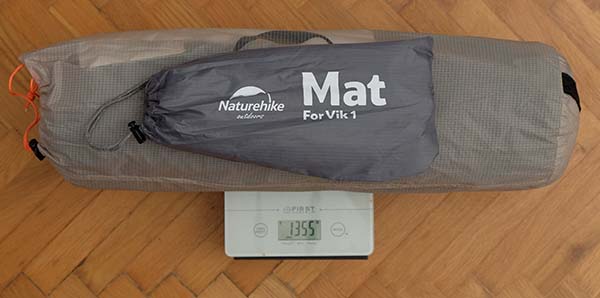
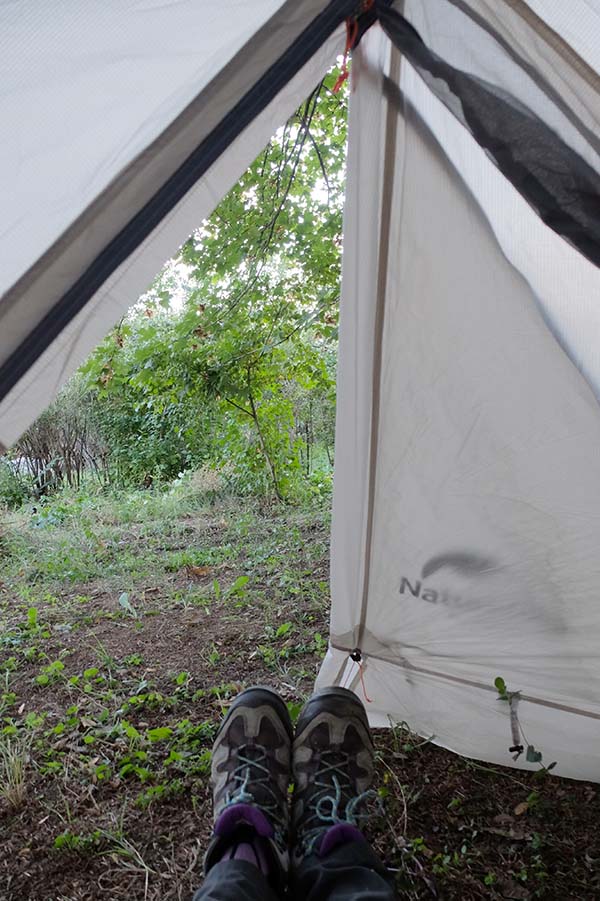
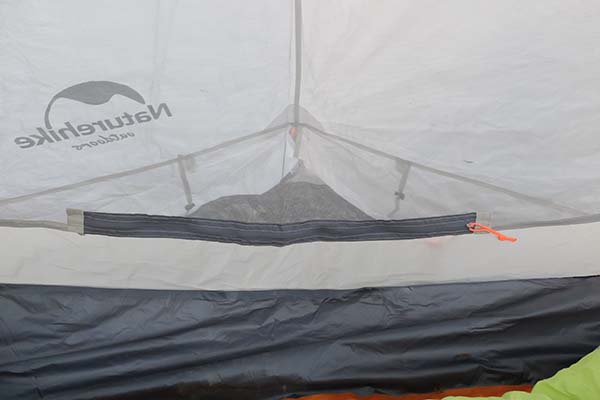

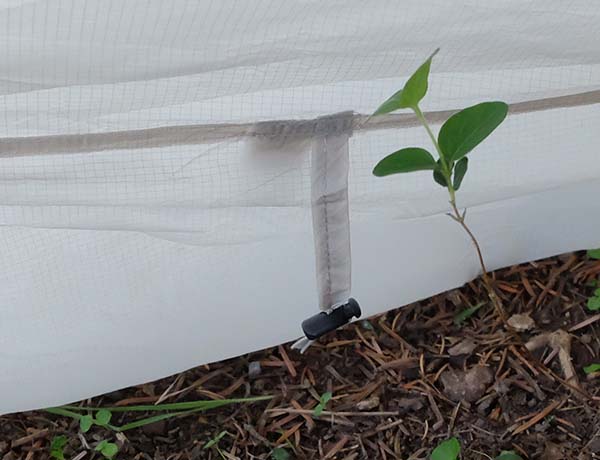
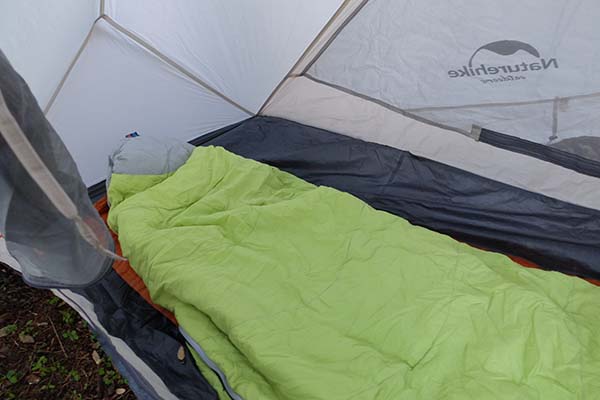
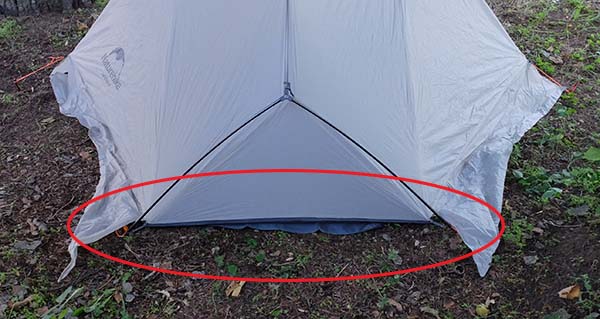
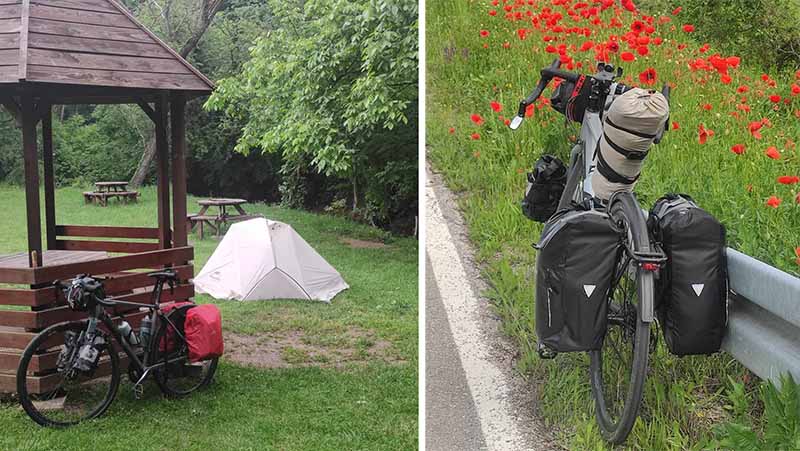
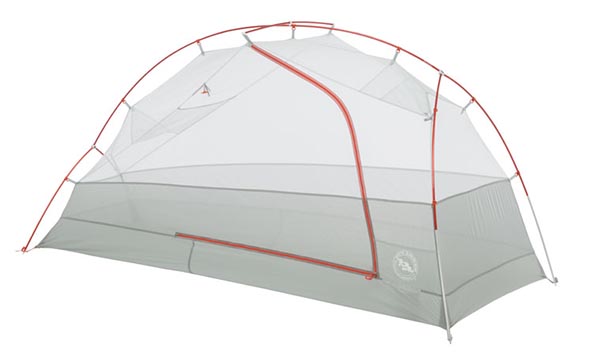

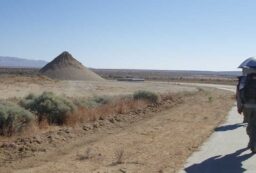








Post your comments